How Rhyming Teaches Kids Literacy Skills
This post may contain affiliate links.
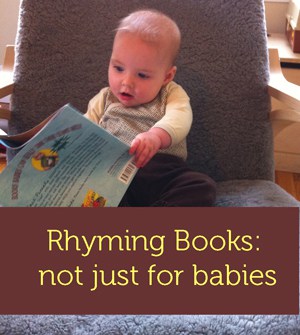
written by Kate Norris
I mistakenly thought that rhyming books were meant for little kids. They aren’t. Rhyming books are valuable and important for literacy skills.
Rhyming and Literacy
There are two kinds of books for little kids: long books and short books. My daughter (almost four) prefers the long books, with tons of words on every page, I want reading to be fun for her, so I always let her choose what we read. A lot of the short books we used to read such as Goodnight Moon, Each Peach Pear Plum, Little Mommy, we aren’t reading anymore. These short books have a few words on each page and lots of rhyming. But one day, we picked one out to read again.
This particular night, I was yawning a lot while reading Little Mommy. Every time I paused to yawn, my daughter filled in the words for me.
“This is my house…” (YAWN)
While I yawned, my daughter kept going, “And I am the Mommy. My children are Annabelle, Betsy and Bonnie.”
“It’s bath time now.” (YAWN)
My daughter finished, “My little dears. I scrub their necks and wash their ears.”
I was shocked. We hadn’t read this book in months, yet she knew all the words.
Once I realized this, I started only reading part of the words and let her fill in the rest. Either she was an absolute genius, or all kids learn with rhyming books. Although I am inclined to believe only the best of my kids, I asked my co-author and former Kindergarten Teacher for her thoughts. She writes the blog Kindergarten & Preschool for Parents & Children. Here is her take:
Why Nursery Rhymes and Rhyming Books?
Yes, the best way to develop language and reading skills is through the love of conversation and books. In this way, rhyming books promote reading skills. Here’s why.
- Nursery rhymes follow letter patterns so a child can easily memorize them. Memorization helps build memory pathways in the brain.
- Rhyming familiarizes children with sound structures, not just letters. As favorite nursery rhymes and books are read over and over, children begin to recognize that certain letters frequently go together. They also start to note the placement of letters in words and how words are divided into syllables, especially if you clap to the syllables.
- Many rhymes include numbers and sequences, reinforcing counting and ordering skills. Rhymes also incorporate language devices such as alliteration or using words that begin with the same letter as in the book Each Peach Pear Plum by Janet and Allan Ahlberg.
All young children enjoy hearing your voice in rhythm and rhyming sounds and with exaggerated expression – both facial and auditory. Dr. Seuss was a creative genius at drawing children into his books of rhyme and silly characters. The Cat and the Hat is a favorite book of young children because they can echo your words easily and help fill in the rhyming words.
Ways to Reinforce Rhyming
- Help your child fill in the blank, or rhyming word, by pausing to give them a chance to finish the phrase. If they need help, sound just the first letter.
- Use physical actions to accompany special words or verses as with The Itsy-Bitsy Spider or Patty-Cake.
- Print at. Then sound out beginning letters to rhyme with at and print that letter in front of the word, as your child and you say the words: at, cat, fat, sat, bat, mat, hat, pat, rat

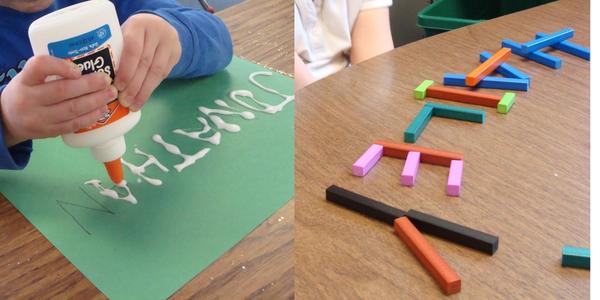

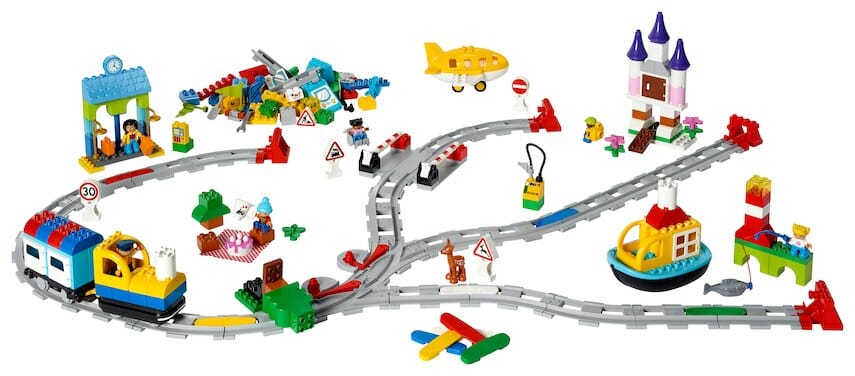
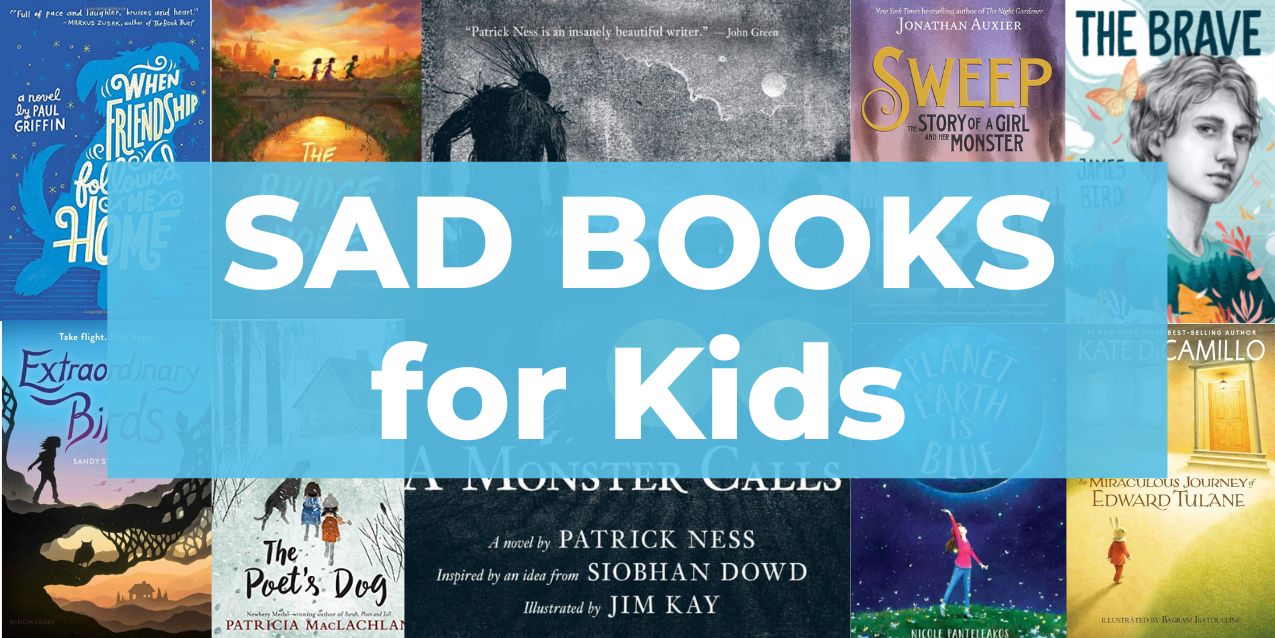
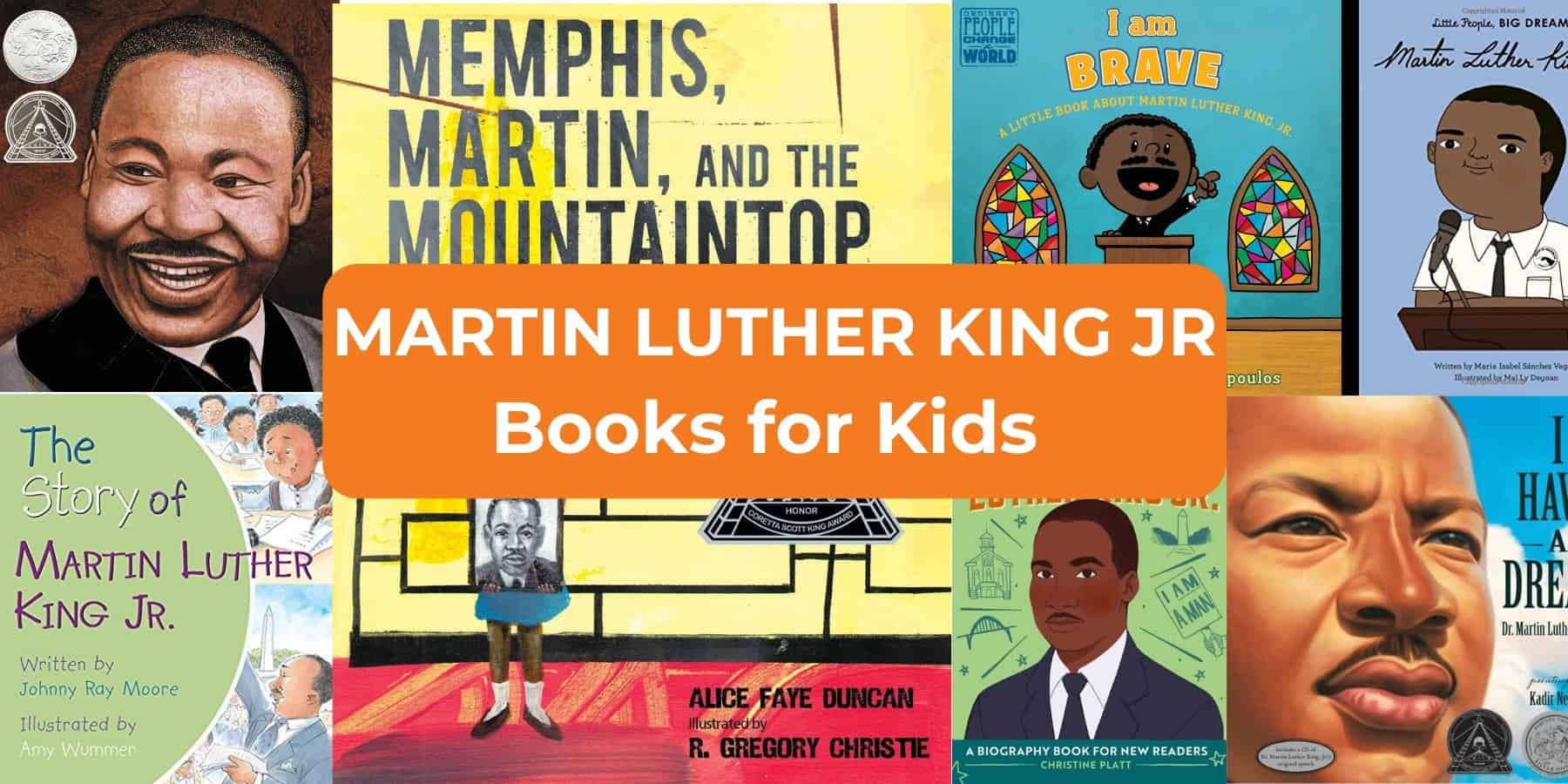
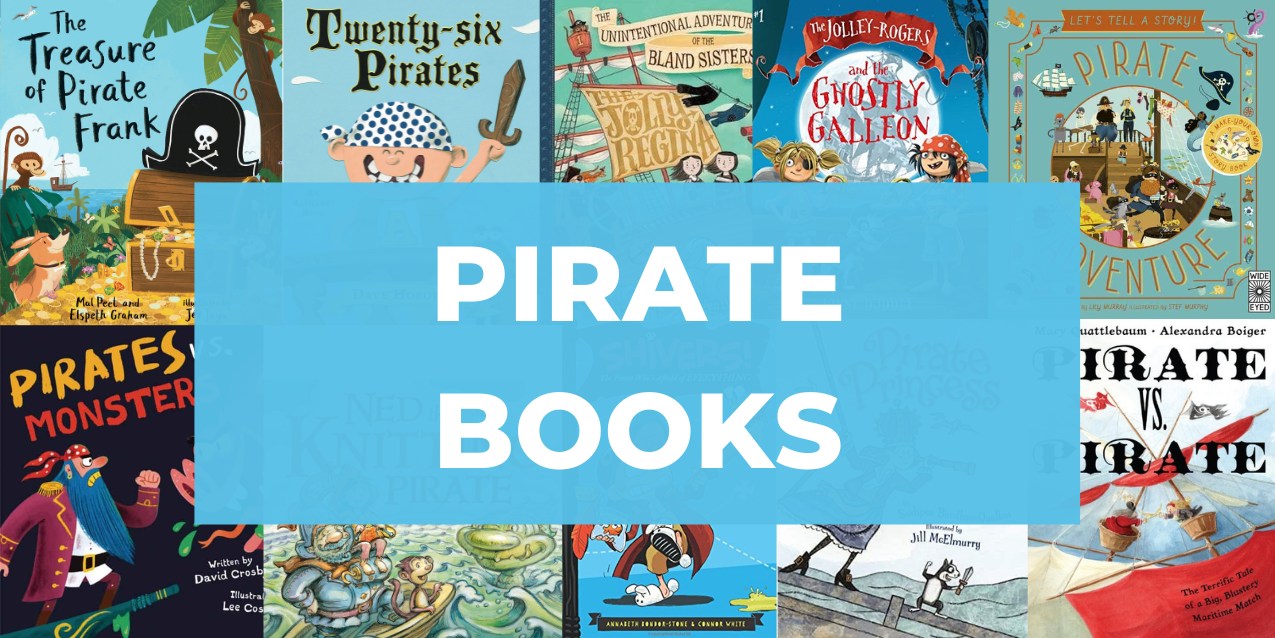
What a great post! I do story times for 2 different libraries and do my best to fill my story times with as many rhyming books as possible. If you want more encouragement on why rhyming is so important you might enjoy reading a post I wrote http://lisforlemondrop.com/d-is-for-dinosaurs/ which is based on Deb Lund’s books Dinosailors and All Aboard the Dino Train. Keep on rhyming it is an amazing tool!
love it!
Hi,
Thanks for this post. I am going to put the link on my blog. My new children’s book Tadeo Turtle is in rhyme. I know that children like it and your post tells me that the rhyming is also good for readers. Excellent. I would love you to check out my blog with reviews, pictures and comments about Tadeo Turtle.
Blessings,
Janis
I think word patterns help children learn about words and their rhythm.
very true! I love doing word family activities.
That’s really interesting. I just saw this post via Pinterest. I’m a songwriter with a two year old little girl. My childhood was full of Dr. Seuss and Shel Silverstein. Now I have a rabbit eared rhyming dictionary that I use for songwriting. The cadence and patterns of rhyme (and the predictability) filled my ears when I was younger. Now I read the same verses to my daughter. (And it drives me crazy when I read books with horrible meter! It probably shouldn’t make me so crazy… but just a few more minutes spent before you send it to your publisher and you could have some much better rhymes and a better written book!) Maybe that’s just me… Great post – thank you!
Kerri – That is so interesting. I’m really glad you commented. I notice poor poetry somewhat although I’m not an expert. You might be interested in my post about Tommy Overstreet’s new children’s book. He is definitely an expert in songwriting and poetry. (I’m the co-author of this post). Thank you for commenting. Here is the link: http://kindergartenbasics.blogspot.com/2012/10/the-graham-cracker-kid-and-calico-girl_31.html
bad rhyming books drive me crazy as well!
Thanks for sharing; I love to read rhyming books. We humans have a long history of stories and legends being committed to verse in the times before written language since this made them easier to memorize and pass down to generations. Maybe it’s time to read the Odyssey again…
I’m so glad when people appreciate what rhyming and poetry have to offer. It really does help children in reading skills. And I thrilled whenever I know people are reading – anything! Thanks for commenting.